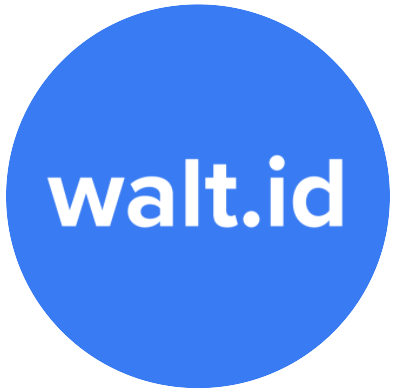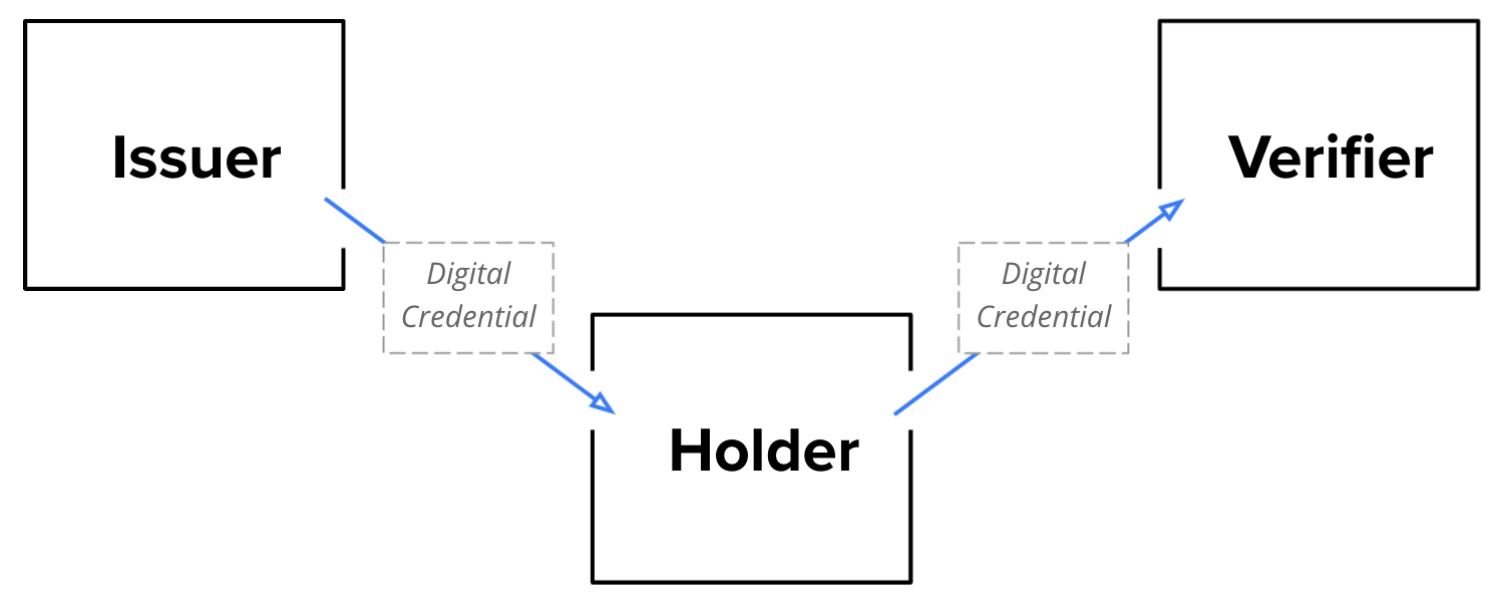The SSI Kit
Discontinuation Notice!
Important: Please be informed that, beginning from December 2023, the SSI Kit will no longer receive new features. Furthermore, the SSI Kit is planned for discontinuation by the end of Q3 2024.
However, all functionalities offered by the SSI Kit will be integrated into our new libraries, APIs, and apps in the walt.id identity repo. Giving you more modularity, flexibility and ease-of-use to build end-to-end digital identity and wallet solutions.
Read the transition guide here.
For any clarification or queries, feel free to contact us as we aim to make this transition as smooth as possible.
Introducing the SSI Kit, which offers developers and organisations an easy and fast way to use Self-Sovereign Identity (SSI).
It's a first step towards achieving our mission: Enabling every developer and organisation to build identity and trust into the web and their apps.
Let’s dive in ...
Developers’ Dilemma (Why we built the SSI Kit)
Before reaching mainstream adoption, almost all new and disruptive technologies share a common trait: They are not easy to use. In fact, they are usually incredibly cumbersome to use. (Think about the early web, the first mobile phones or blockchains and crypto wallets.)
The reason for this problem is simple: Early on, no one has yet built the infrastructure and tools that make them easy to use. (Think about what the browser did to the internet or touchscreens and apps to mobile phones.)
Self-Sovereign Identity (SSI) is no exception to this rule. Today, building use cases or applications with SSI is a cumbersome process that requires a lot of time and deep, industry-specific expertise. It is clear that, to reach broad adoption, SSI must become a commodity. (Read more about this topic in our Genesis Post.)
At the end of the day, it is all about ease of use and the developer experience which require high scores across multiple dimensions like openness (licenses, standards, interfaces), service composability, interoperability, complexity abstraction and ease of integration with existing infrastructure, tools for development and testing, process and shipping automation, quality assurance as well as services like documentation and support.
We built the SSI Kit as a solution to this Developers’ Dilemma, as the infrastructure and tools that developers need to use SSI with ease.
What is the SSI Kit?
In short, the SSI Kit offers developers and organisations everything they need to use SSI via a unified solution for building use cases or applications fast and without much complexity or prior knowledge about SSI.
Here’s the most important things to know about the SSI Kit:
It is fully open source (Apache 2), i.e. anyone can use the code for free and without limitations. Think of it as a public good for developers by developers (from walt.id and our dev community).
It is a holistic solution that allows you to build use cases “end-to-end”. There is no need to research, combine or tweak different libraries in order to build pilots or production systems.
It abstracts complexity via different interfaces like a CLI Tool and RESTful APIs. Apart from the abstracted core infrastructure which enables low-level functionality (e.g. key handling, data storage, signing), additional services facilitate development and integration even further (like “Data Providers” or “Issuer/Verifier Portals”, which connect your databases and web services with SSI core infrastructure).
It is modular, composable and built on open standards allowing you to individualise and extend functionality with your own or third party implementations. This openness prevents lock-in and enables you to build solutions that meet your requirements without compromise.
It is flexible in a sense that you can deploy and run it on-premise, in your (multi) cloud environment or as a library in your application.
It enables you to use different identity ecosystems - starting with Europe’s new digital identity ecosystem (“ESSIF”). Anticipating a multi-ecosystem future, the SSI Kit abstracts and supports different ecosystems (incl. different governance frameworks, business logic, tech specs)
How it works?
SSI is about enabling three different functionality profiles:
“Issuers” who provide people and organisations (Holders) with digital credentials that contain identity data.
“Holders” who manage and share their credentials (issued by Issuers).
“Verifiers” who verify credentials (presented by Holders).
Example: A university (Issuer) issues a digital diploma to a student (Holder) who shares it with an employer (Verifier).
You can find more information and examples in our White Papers on Decentralized Identity.
The SSI Kit bundles three components, one for each functionality profile:
Signatory ™ for Issuers enables organisations to transform any identity-related information into digital credentials in order to replace paper documents and automate data provision to stakeholders.
Custodian ™ for Holders enables individuals and organisations to securely store, manage and share keys and identity data via data hubs (“wallets”).
Auditor ™ for Verifiers enables organisations to verify identity data in order to authenticate or identify stakeholders and offer frictionless access to services or products.
Illustrative graphic showing the SSI Kit and its components (Signatory, Custodian, Auditor).
How to use the SSI Kit?
You can get started with the SSI Kit in two different ways
Self-Managed: Deploy the SSI Kit on-premise or in your cloud environments and connect your applications via REST APIs or integrate our libs directly with your applications. Learn more via GitHub.
Managed Service: We deploy, run and maintain the SSI Kit for you and make it accessible via high-level APIs so you do not need to worry about anything.
In any case, we and our partners offer a broad range of services to make your life easier like consulting, development, integration and technical support.
Want to learn more?
Join our community or get in touch. We’re always happy to help.



